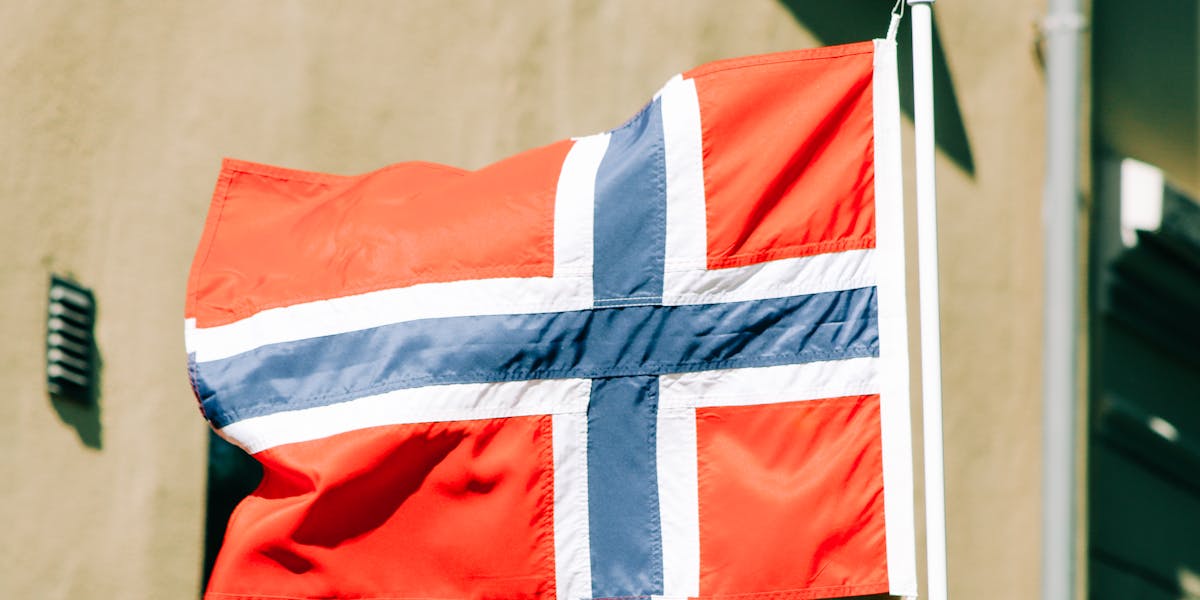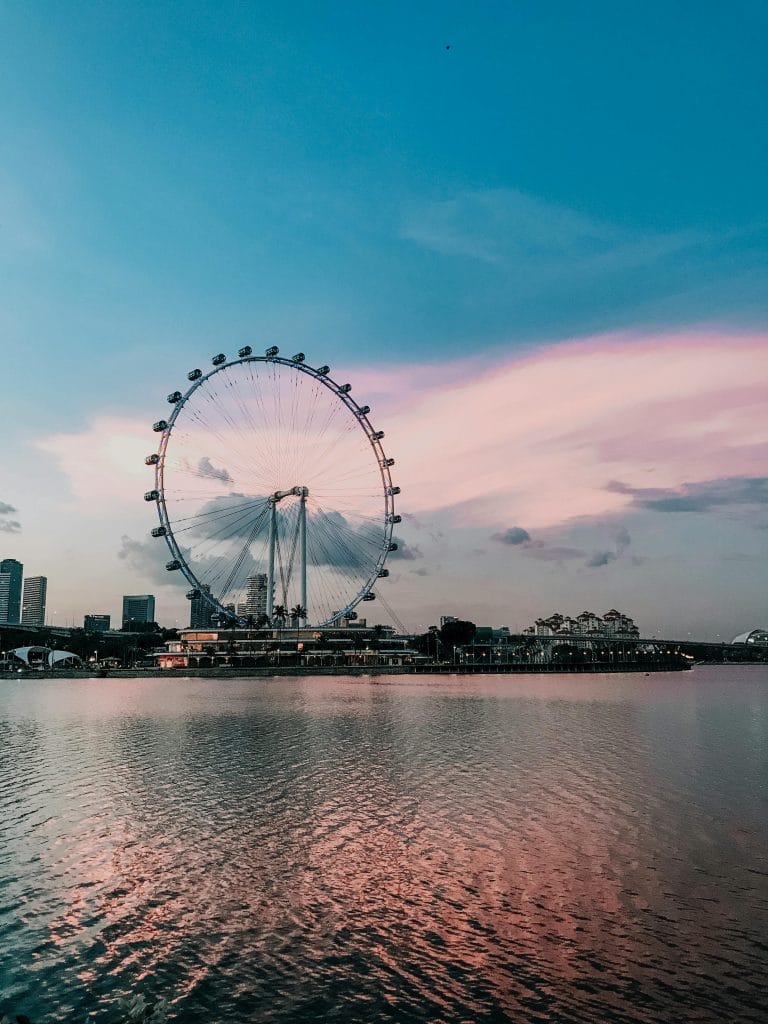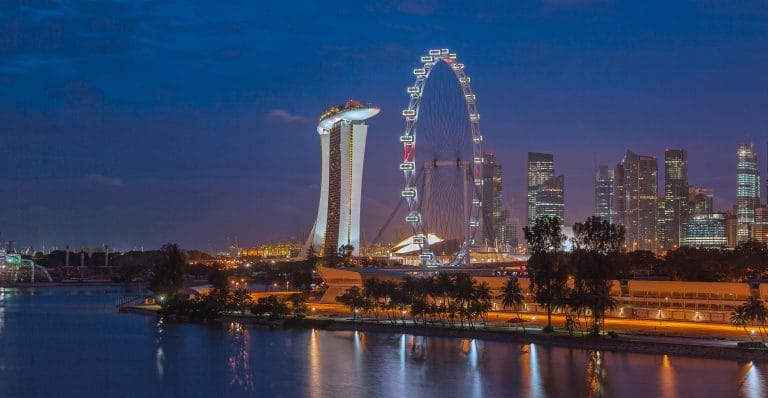The Significance of Traditional Clothing in Asia
When traveling to Asia, one cannot help but be captivated by the rich diversity of traditional clothing and customs that permeate the region. From the vibrant sarees of India to the elegant hanboks of South Korea, traditional attire reflects the cultural heritage and identity of each country. Beyond being mere garments, these clothing styles hold immense significance and have a profound global impact.
Traditional clothing in Asia serves as a visual representation of a nation’s history, values, and social structure. Each intricate design, color choice, and fabric used carries deep symbolism and tells a story about the wearer’s identity. For example, the kimono in Japan signifies elegance and grace, while the cheongsam in China represents femininity and beauty. By donning these traditional garments, individuals not only pay homage to their cultural roots but also contribute to the preservation and promotion of their country’s heritage.
Moreover, traditional clothing and customs play a crucial role in fostering a sense of community and belonging. Festivals and celebrations in Asia often feature parades and performances where people showcase their traditional attire. These events serve as platforms for cultural exchange, allowing locals and tourists alike to appreciate and learn about different customs. By participating in these festivities, travelers can deepen their understanding of Asia’s diverse cultures and forge connections with the local communities.
The impact of traditional clothing and customs extends beyond the borders of Asia. In an increasingly globalized world, these cultural treasures have gained recognition and appreciation worldwide. Fashion designers and enthusiasts from different countries draw inspiration from Asian traditional attire, incorporating elements into contemporary designs. This cross-cultural exchange not only promotes diversity but also fosters mutual understanding and respect among nations.
As travelers embark on their journey through Asia, immersing themselves in the beauty of traditional clothing and customs is an enriching experience. It allows them to appreciate the cultural intricacies of each country, connect with local communities, and contribute to the preservation of these invaluable traditions. So, embrace the vibrant colors, intricate patterns, and timeless elegance of traditional clothing as you embark on your adventure in Asia.

Embark on a Journey of Cultural Splendor: Exploring the Enchanting World of Traditional Clothing and Customs in Asia
As you step foot into the captivating realm of Asia, prepare to be mesmerized by a kaleidoscope of vibrant colors, intricate patterns, and timeless elegance. From the graceful hanboks of South Korea to the resplendent sarees of India, traditional clothing and customs in this diverse region are a gateway to understanding the rich tapestry of cultures that thrive here.
Delve into the fascinating world of Asian traditional attire, and you will uncover a treasure trove of stories, symbolism, and heritage. Each garment, meticulously crafted with intricate designs and carefully chosen fabrics, holds a profound significance that reflects a nation’s history, values, and social structure. By donning these traditional garments, you not only pay homage to the past but also contribute to the preservation and promotion of these invaluable traditions.
But the allure of traditional clothing and customs extends far beyond their aesthetic appeal. They serve as a bridge, connecting communities and fostering a sense of belonging. Festivals and celebrations across Asia come alive with parades and performances, where locals proudly showcase their traditional attire. These vibrant events offer a unique opportunity for cultural exchange, allowing you to immerse yourself in the customs and traditions of the region, forging connections with the people who call it home.
Yet, the impact of traditional clothing and customs transcends borders, reaching far and wide across the globe. In our increasingly interconnected world, these cultural treasures have garnered recognition and appreciation worldwide. Fashion designers and enthusiasts from diverse backgrounds draw inspiration from the rich tapestry of Asian traditional attire, infusing contemporary designs with elements that pay homage to centuries-old customs. This cross-cultural exchange not only promotes diversity but also fosters mutual understanding and respect among nations.
So, as you embark on your adventure through Asia, let the vibrant hues, intricate motifs, and timeless elegance of traditional clothing guide your journey. Immerse yourself in the cultural intricacies of each country, connect with local communities, and contribute to the preservation of these invaluable traditions. By understanding the significance of traditional clothing and customs, you will unlock the door to a world of beauty, symbolism, and cultural heritage that awaits you in Asia.
To gain a deeper understanding of the captivating world of traditional clothing and customs in Asia, further research is essential. Exploring the historical origins, cultural significance, and contemporary influences of these traditions will unveil a wealth of knowledge and appreciation for the diverse cultures that shape this enchanting region.

Traditional Clothing
Traditional clothing plays a significant role in expressing cultural identity and heritage. In many countries, traditional attire reflects the history, climate, and social customs of a particular region or community. The designs, materials, and colors used in traditional clothing often hold symbolic meanings and are passed down through generations.
In India, for example, traditional clothing varies greatly across different states and ethnic groups. The saree, a long piece of fabric draped around the body, is a symbol of grace and elegance for women in many parts of the country. In contrast, men often wear the dhoti, a loose cloth wrapped around the waist and legs. These garments are made from various fabrics such as silk, cotton, or wool, depending on the region and occasion.
In Japan, the kimono is a traditional garment worn on special occasions and formal events. It is a long robe with wide sleeves and is usually made from silk. The design and patterns of kimonos vary based on factors such as age, marital status, and the season. Kimonos are often adorned with intricate embroidery or hand-painted motifs, showcasing the craftsmanship and attention to detail that is highly valued in Japanese culture.
In Africa, traditional clothing is diverse and reflects the rich cultural heritage of the continent. For instance, the dashiki, a loose-fitting shirt, is commonly worn by men in West Africa. It is often made from vibrant, colorful fabrics and features intricate patterns and designs. Women in countries like Nigeria and Ghana often wear the gele, a headwrap made from a single piece of fabric that is skillfully tied to create elaborate styles.
Customs and Traditions
Alongside traditional clothing, customs and traditions also play a vital role in preserving cultural identity. These customs often encompass various aspects of life, including celebrations, rituals, and social interactions.
In many Asian cultures, customs such as bowing as a form of greeting and removing shoes before entering a home or sacred space are deeply rooted. These practices reflect respect, humility, and a sense of community. Similarly, tea ceremonies in countries like China and Japan are steeped in tradition and are considered a way to connect with others and find inner peace.
In some African societies, tribal customs and rituals are still practiced today. These customs often involve music, dance, and storytelling, serving as a way to pass down history, values, and spiritual beliefs from one generation to the next. For example, the Maasai people of East Africa have preserved their traditional customs, including the jumping dance, which is performed during celebrations and ceremonies.
Traditional customs and clothing are not only a source of cultural pride but also contribute to the tourism industry. Many travelers are drawn to experience and learn about different cultures through their traditional clothing and customs. This interest has led to the growth of cultural festivals and events that showcase traditional attire, music, dance, and cuisine, providing a platform for communities to share their heritage with the world.
Array. Lastly, avoid using the phrase ‘overwhelming challenges’

Case Study 1: Kimono in Japan
One example of traditional clothing and customs can be seen in Japan with the kimono. The kimono is a traditional garment worn by both men and women for various occasions. It is made from silk and features intricate designs and patterns. The way the kimono is worn and tied differs depending on the gender and the formality of the event. The kimono represents the rich cultural heritage of Japan and is still worn on special occasions and festivals.
Case Study 2: Sari in India
In India, the sari is a traditional garment that holds significant cultural importance. It is a long piece of fabric that is draped around the body, with different styles of draping depending on the region. The sari is made from various materials like silk, cotton, or chiffon and is adorned with beautiful embroidery, prints, or embellishments. It is worn by women for special occasions such as weddings, festivals, or religious ceremonies. The sari reflects the diversity and elegance of Indian culture.
Case Study 3: Hanbok in South Korea
The hanbok is the traditional clothing of South Korea and is still worn on special occasions and celebrations. It consists of a blouse called jeogori and a skirt called chima for women, while men wear a jeogori and loose pants called baji. The hanbok is made from vibrant-colored silk and features intricate embroidery. It represents the beauty and grace of Korean culture and is often seen during traditional weddings, holidays, and festivals.
Case Study 4: Highland Dress in Scotland
The Highland dress is a traditional attire worn in Scotland, particularly during formal events and celebrations. It includes a kilt, which is a knee-length skirt made from tartan fabric, a sporran (a pouch worn around the waist), a jacket, and a hat called a Glengarry or a Balmoral bonnet. The tartan pattern represents different clans and families, and wearing the Highland dress is a way to showcase Scottish heritage and pride.
Understanding the Cases
These case studies highlight the significance of traditional clothing and customs in different cultures. They showcase the diversity, artistry, and cultural pride associated with traditional garments.

Traditional clothing and customs play a vital role in preserving cultural heritage and identity. However, the challenges faced by traditional clothing and customs are not to be underestimated. In an increasingly globalized world, the younger generation may be more inclined towards modern fashion trends, leading to a decline in the appreciation and adoption of traditional garments. Additionally, the cost and time required to create intricate traditional designs can be a barrier for many individuals.
Despite these challenges, there are promising future possibilities for traditional clothing and customs. Efforts can be made to promote awareness and education about the cultural significance of traditional garments. Collaborations between fashion designers and traditional artisans can help create contemporary designs that incorporate traditional elements, making them more appealing to younger generations. Furthermore, the rise of social media and online platforms provides opportunities to showcase and market traditional clothing to a wider audience.
By embracing innovation and finding ways to adapt traditional clothing and customs to modern lifestyles, we can ensure their continued relevance and appreciation. It is crucial to recognize the importance of preserving cultural heritage and to encourage the younger generation to embrace and celebrate their traditional clothing and customs.

Predictions for the Future of Traditional Clothing and Customs
As we look ahead, the future of traditional clothing and customs holds both challenges and opportunities. One prediction is that with increased globalization, traditional garments may continue to face a decline in popularity among the younger generation. However, efforts can be made to reverse this trend through education and awareness campaigns.
Collaborations between fashion designers and traditional artisans have the potential to create contemporary designs that blend modern fashion trends with traditional elements. This fusion can make traditional clothing more appealing and relevant to younger generations, ensuring its continued appreciation and adoption.
The rise of social media and online platforms provides a promising avenue for showcasing and marketing traditional clothing to a wider audience. Travelers can benefit from this by accessing information about the cultural significance of traditional garments and where to find them.
Furthermore, as technology advances, there may be innovations in the production process of traditional clothing. This could help reduce costs and time required, making it more accessible to individuals who may have been deterred by these factors in the past.
Overall, by embracing innovation and adapting traditional clothing and customs to modern lifestyles, we can ensure their continued relevance and appreciation. It is important for travelers to recognize the value of preserving cultural heritage and to actively seek out opportunities to learn about and engage with traditional clothing and customs during their journeys.

Traditional clothing and customs face challenges and opportunities in the future. Globalization may lead to a decline in popularity among the younger generation, but education and awareness campaigns can reverse this trend. Collaborations between fashion designers and traditional artisans can create contemporary designs that blend modern fashion with traditional elements. Social media and online platforms offer a promising way to showcase and market traditional clothing to a wider audience. Technology advancements may bring innovations in production, reducing costs and making traditional clothing more accessible. By embracing innovation and adapting to modern lifestyles, we can ensure the continued relevance and appreciation of traditional clothing and customs. Travelers should recognize the value of preserving cultural heritage and seek opportunities to learn and engage with traditional clothing and customs during their journeys.








